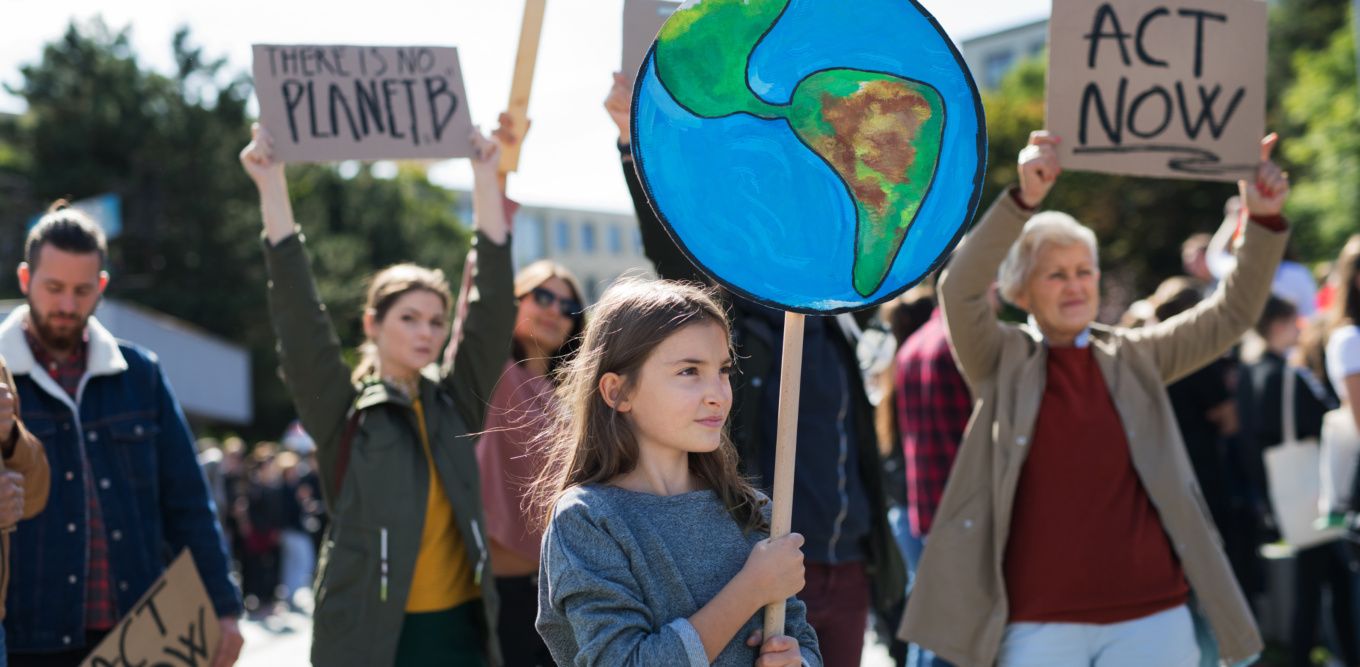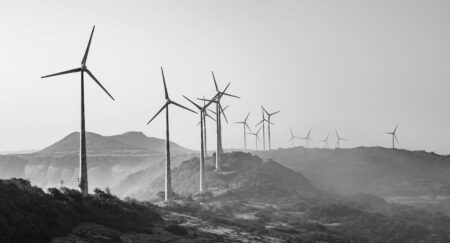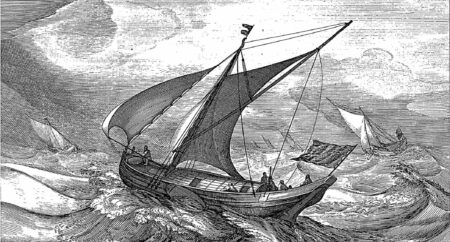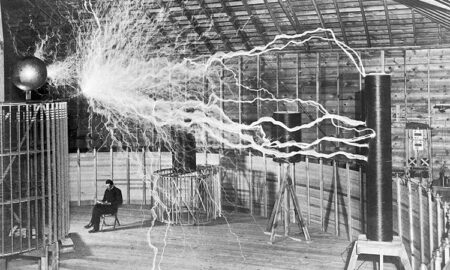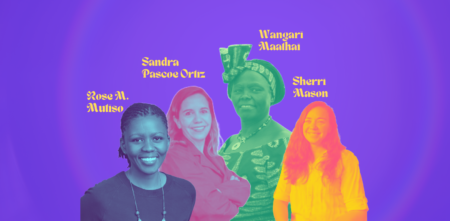At Kumēia, we believe that exposure to climate education can be immensely valuable and instructive for our younger generations. Through exploring the impact of the crisis, children learn key scientific concepts and practise creative problem solving.
Our mission to promote climate education however is not without its complexities. We need to address the many important questions about educational methodologies and what is best practice for effective learning.
With each passing generation, schools and other educational institutions take on new ideas and characteristics. Some styles of teaching become less relevant and up-to-date technology replaces old textbooks and equipment.
In recent years, due to the wide availability of the internet and smart devices, debate has grown about the current focus on knowledge-based learning. Although most educators understand the benefits of this methodology, many are coming to the conclusion that skills-based learning should feature more heavily in the curriculum.
Skills-based learning has already been trialled in some European countries and certain schools have fully integrated it into their classrooms.
In this article we explore the introduction of skills-based learning and outline how some early education teachers are choosing to approach the issue of climate change.
Skills-based learning
Skills-based learning might be the educational philosophy of the future. So, what exactly can we expect from a curriculum based on skills?
Skills-based learning differs from knowledge-based learning in a couple of ways. In a typical skills-based learning lesson a teacher only guides the students rather than presents them with specific information and facts to memorise.
Another key difference is that students have more control. For example, if a class is learning about climate change, a teacher might introduce the topic but then let the students conduct their own research and frame their own results.
In Switzerland, skills-based learning has grown in popularity. The Chur model, which focuses on teaching skills, is now a common method used in many classrooms. Swissinfo.ch describes the Chur model in practice,
In the Chur model, lessons often begin with a brief input in a circle. Here the class is introduced to new topics and learning tasks are presented. The input, however, is kept short – it should not reduce the time the pupils have for learning, time that they may use independently.
In these classes you will not see the young students facing a whiteboard or their teacher’s desk. Students move around several workstations, guided primarily by their natural curiosity and own problem solving capacity. Proponents of the model in Switzerland say that it promotes independent learning and helps teachers better integrate students with learning disabilities.
Kumēia welcomes this innovative approach which empowers individuals to find their own solutions. We believe that the Chur model and other skills-based learning methods should be used to teach people about fighting climate change. Even adults can benefit from this more practical method of instruction.
Teaching kids about the environment and sustainability
The younger generations will be most affected by the ongoing climate crisis as global temperatures continue to rise. Therefore, it is vital that we encourage schools to take on more responsibility despite the complexity of the subject matter. Here are some ways in which sustainability can be brought into the classroom in a fun and accessible way.
Show don’t tell
Every teacher will understand the importance of visual prompts and hands-on activities. So, for lessons on the climate, think about how you can demonstrate the impact of greenhouse gases or rising sea levels through images and laboratory experiments.
There are many useful materials in this area freely available online. For example, STEM Learning provides resources for primary and secondary school teachers on various topics related to STEM.
In one of their lessons, students have to analyse satellite images taken from space. This exercise helps kids identify the problems of climate change, such as the encroachment of our oceans on our coastlines.
Check out STEM Learning and discover exciting science lessons to inspire the children in your life. https://www.stem.org.uk/
Celebrate Earth Day
A great way to make kids feel excited about sustainability is to organise an event on Earth Day. We don’t want young people to always associate sustainability with negative images of our planet. We must show them it can be something fun and empowering.
Earth Day falls on the 22nd of April each year and many schools and institutions hold events promoting environmental action and conservation. The organisation itself has created an extensive online library of educational resources for school kids across the world. These include lesson plans, toolkits and fun quizzes.
At Kumēia, we love students to get involved and pick up new skills. So, why not download Earth Day’s Garden planning worksheet and challenge your kids to learn about the plant and animal life in their local area.
Explore Earth Day’s resource library for more interactive lessons. https://www.earthday.org/education-resource-library/
Go for a walk in nature
Education doesn’t have to be all hard work and studying. Going for a walk in nature might be the most effective way for children to discover their connection to the natural world.
Mental health charity, Mind, describes walks in woodlands or urban parks as being a form of ‘therapy’ for both children and adults. Their research shows that sufferers of conditions such as OCD and depression benefit from experiencing nature because taking in natural light and doing physical exercise helps boost people’s mood.
When you leave the classroom, or house, and go for a walk in nature, remember to ask your children about their mood and how they are feeling. If kids recognise that plants and wildlife inspires happy and positive thoughts then you have achieved something special. It is the perfect foundation for starting a discussion about climate change and sustainability.
For more information about the connection between nature and our mental wellbeing, check out the new treatment – ecotherapy. https://www.mind.org.uk/information-support/drugs-and-treatments/talking-therapy-and-counselling/ecotherapy/
Keep the conversation going about sustainability
Kumēia will continue to discuss climate education and educational methodologies on our blogs. Our aim is to get everyone, especially children, to learn more effectively about how we can protect our planet.
The good news is that there has been some progress in the classroom in recent years. For example in Italy it is now compulsory to teach classes about climate change. The new law, passed in 2020, obligates schools to create 33 hours worth of climate lessons over the academic year (UNESCO, 2020).
If you are a teacher and have had success teaching kids about climate change, we want to hear your story. Contact us at: edu@kumeia.org
Follow these resources to find out more about climate change education.
- https://www.bbc.co.uk/teach/teacher-support/how-to-teach-children-about-climate-change/zs3gbqt
- https://www.gatewaysschool.co.uk/teaching-children-about-climate-change/
- https://www.npr.org/2019/04/25/716359470/eight-ways-to-teach-climate-change-in-almost-any-classroom?t=1654789391015

